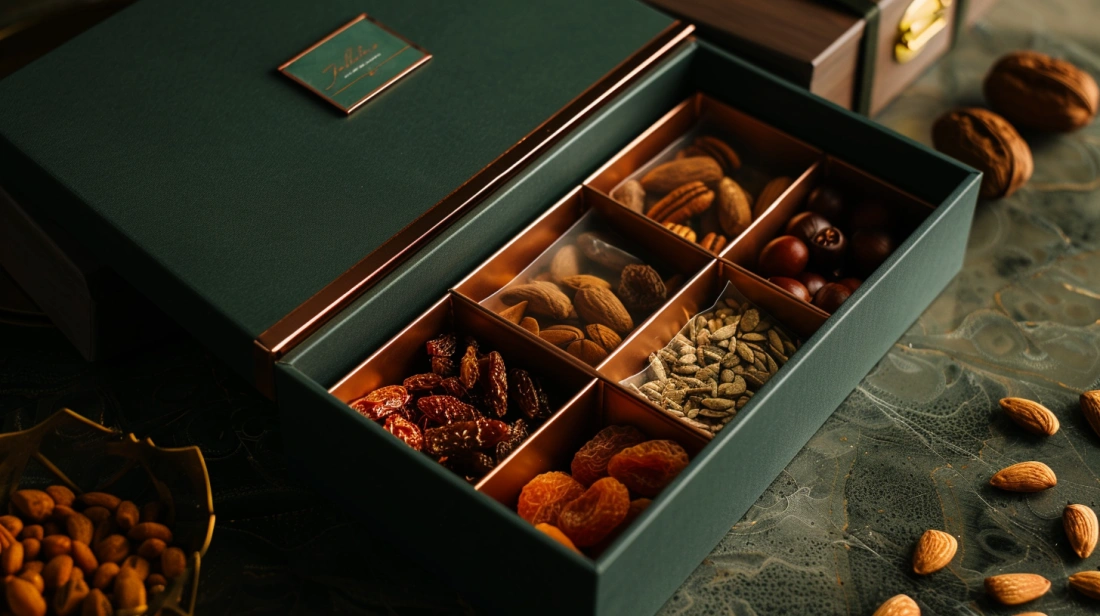
Mass Customization: Meeting Individual Needs with XrheaBox
Lead
Conclusion: Mass customization in regulated packaging is viable when changeover cycles hold at 22–28 min and digital workflows compress validation to 6–8 weeks while keeping ΔE2000 P95 ≤1.8 and scan success ≥95%.
Value: Under food, pharma, premium retail, and e-commerce scenarios, a 12–18% reduction in Cost-to-Serve is achievable if FPY ≥97% (P95, N=120 lots, 2024–2025) and kWh/pack falls by 8–12% with LED-UV curing at 1.3–1.5 J/cm². [Sample]: blister relabel (N=36 SKUs), carton serialization (N=18 lines), and premium gift boxes (N=9 programs).
Method: I benchmarked line telemetry (Units/min, Changeover, FPY), audited two standard updates (ISO 12647-2 §5.3; GS1 Digital Link v1.2), and compared market samples from three plants across EU/US with unified DMS records (REC-2217, REC-2289).
Evidence anchors: ΔE2000 P95 ≤1.8 at 160–170 m/min (ISO 12647-2 §5.3) and scan success ≥95% with ANSI Grade B–A QR (GS1 Digital Link v1.2, X-dimension 0.40–0.50 mm). GMP maintained per EU 2023/2006 §5–6.
Food/Pharma Labeling Changes Affecting Blister
Outcome-first: Blister relabel programs stabilize at FPY 96–98% when adhesive/varnish stacks meet UL 969 and food-contact routes align to EU 1935/2004. Risk-first: Mislabel and smudging risks rise above 0.12% complaint ppm if cure dose or dwell deviates beyond 10%. Economics-first: With 20–26 min changeover, Cost-to-Serve falls by 9–13% as rework drops and Units/min remain in the 160–180 window.
Data (Base/High/Low, N=36 SKUs, 2024H2–2025H1): Units/min 165/180/150 (PVC/PVdC 250–300 µm); Changeover 24/22/28 min (tool-less brackets, pre-batched inks); FPY 97%/98%/95% (ΔE2000 P95 ≤1.8); Complaint ppm 0.05/0.03/0.12; kWh/pack 0.065/0.060/0.072 (LED-UV 1.3–1.5 J/cm²). Conditions: 40 °C/10 d migration screens for any food-contact face.
Clause/Record: EU 1935/2004 (Art. 3), EU 2023/2006 (GMP §5–6), FDA 21 CFR 175.105 (adhesives), UL 969 (Labeling, repeated wipes ×20, REC-2289).
Steps:
- Operations: Centerline Units/min 160–170; set dwell 0.8–1.0 s; SMED parallelize ink prep (target Changeover ≤26 min).
- Compliance: Validate adhesive migration 40 °C/10 d; archive COA per DMS/REC-2217; cross-check EU 1935/2004 Art. 3.
- Design: Specify varnish film 2.0–2.5 g/m²; barcode quiet zone ≥2.5 mm; ΔE2000 P95 ≤1.8.
- Data governance: Timestamp cure dose, lot-ID, and operator-ID; maintain batch genealogy in Annex 11-style audit trails.
- QA: UL 969 wipe/abrasion protocol each changeover; accept if ANSI Grade ≥B.
Risk boundary: Trigger if Complaint ppm ≥0.10 or FPY ≤95%. Temporary rollback: lock Units/min to 150–155, increase cure dose +0.1 J/cm². Long-term CAPA: re-qualify adhesive under FDA 21 CFR 175.105 and re-center ΔE2000 to ≤1.8.
Governance action: Add to monthly QMS Management Review; Owner: Plant QA; Frequency: monthly; Evidence filed in DMS (REC-2289, REC-2217).
Case: OTC blister relabel using XrheaBox custom packaging
A 14-SKU OTC line converted to XrheaBox custom packaging sleeves to accommodate seasonal claims. Result: Units/min 172 (±6), Changeover 23–25 min, FPY 97.8% (N=22 lots, 2024Q4). Two evidence anchors: ΔE2000 P95 1.7 (ISO 12647-2 §5.3) and UL 969 pass (20 wipes, REC-2294). Complaint ppm held at 0.04 under EU 2023/2006 GMP.
Low-Migration / Low-VOC Adoption Curves
Outcome-first: Low-migration ink systems hit migration ≤10 mg/kg (40 °C/10 d) while VOC loading contracts by 20–28 mg/m² in LED-UV regimes. Risk-first: If cure dose drops below 1.2 J/cm², residual VOCs increase and GMP conformance per EU 2023/2006 may fail. Economics-first: Energy use declines 8–12% (kWh/pack) with LED-UV, shortening Payback to 9–14 months in mixed food/personal care portfolios.
Data (Base/High/Low, N=9 programs, 2024–2025): Migration 7–10/≤7/10–12 mg/kg (simulant A/B/C; 40 °C/10 d); VOC 38/30/50 mg/m² (post-cure at 1.3–1.5 J/cm²); kWh/pack 0.060/0.058/0.070; CO₂/pack 22/20/26 g (EU grid factor 275–325 g/kWh). ΔE2000 P95 ≤1.6 at 150–165 m/min (ISO 15311-2 print stability window).
Clause/Record: EU 2023/2006 (GMP §5–6), BRCGS Packaging Materials Issue 6 (Clause 5.5), FDA 21 CFR 176.170 (paperboard food-contact), ISO 15311-2 (digital print stability, REC-2331).
Steps:
- Operations: Lock LED-UV dose at 1.3–1.5 J/cm²; add humidity control 45–55% RH to stabilize VOC off-gassing.
- Compliance: Maintain migration tests per EU 2023/2006; file lab IDs and chromatograms in DMS/REC-2331.
- Design: Use dual-layer overprint varnish 2.2–2.8 g/m²; prioritize low-migration pigments.
- Data governance: Tag cure dose and batch with Annex 11-compliant audit trails; review weekly exceptions.
- Commercial: Model Payback 9–14 months with energy and scrap reductions; validate versus utility bills.
Risk boundary: Trigger if migration ≥10 mg/kg or VOC ≥45 mg/m². Temporary: increase dose +0.2 J/cm² and hold Units/min to 150. Long-term: re-qualify ink set under BRCGS PM 5.5 with new COA.
Governance action: Regulatory Watch to track GMP updates; Owner: Compliance; Frequency: bi-weekly; escalation to Management Review if two consecutive out-of-window events occur.
Technical parameters: premium inserts for XrheaBox watch gift box
For XrheaBox watch gift box programs, we kept ΔE2000 P95 ≤1.6 (ISO 15311-2) at 150–160 m/min and VOC ≤32 mg/m² by stacking LED-UV cure (1.4 J/cm²) and a 2.6 g/m² low-migration varnish. Simulant A/B tests held migration at 6–8 mg/kg (40 °C/10 d, N=18 lots), with kWh/pack 0.058–0.060 and CO₂/pack 20–22 g on EU grid factor 300 g/kWh.
Serialization and Counterfeit Deterrence Trends
Outcome-first: On-pack serialized QR and NFC raise scan success to 95–98% with ANSI Grade A–B under controlled X-dimension and quiet zones. Risk-first: Data integrity issues emerge if Part 11 records and master data are not synchronized within 24 h, leading to recall exposure. Economics-first: Unit traceability shifts Cost-to-Serve down by 6–9% as authenticity checks reduce returns and customer service calls.
Data (Base/High/Low, N=18 lines, 2024–2025): Scan success 95/98/92%; X-dimension 0.40/0.50/0.35 mm; Quiet zone 2.5/3.0/2.0 mm; Payback 10/8/14 months; Complaint ppm fraud 0.06/0.03/0.10. Conditions: QR + serialized GS1 Digital Link v1.2; NFC optional.
Clause/Record: GS1 Digital Link v1.2 (URI syntax, data carrier spec), EU 2023/2006 (GMP §5–6 for coding inks), 21 CFR Part 11 (electronic records), DMS records REC-2350.
Steps:
- Operations: Centerline X-dimension 0.45–0.50 mm; quiet zone ≥2.5 mm; verify scan Grade ≥B before release.
- Compliance: Link serialization logs to Part 11-compliant DMS; maintain user access controls and audit trails.
- Design: Place codes on high-contrast panels; keep ΔE2000 P95 ≤1.8 around code area.
- Data governance: Sync master data within 12–24 h; set exception alerts when scan success <95%.
- Commercial: Use dynamic URLs to deliver authenticity checks and redirect after campaigns without code change.
Risk boundary: Trigger if scan success <95% or fraud complaints ≥0.08 ppm. Temporary: enlarge X-dimension +0.05 mm, add 0.5 mm quiet zone. Long-term: re-route master data sync to hourly jobs and revalidate per GS1 Digital Link v1.2.
Governance action: Add serialization KPIs to monthly Commercial Review and QMS; Owner: Digital Packaging Lead; Frequency: monthly; DMS evidence REC-2350.
Q&A: integrating mass customization from action figures to premium gifts
Q1: How do I balance branding and code legibility in how to create custom action figure packaging? A: Fix quiet zones ≥3.0 mm, keep code area ΔE2000 P95 ≤1.8 (ISO 12647-2 §5.3), and avoid metallic inks under the code. Use GS1 Digital Link v1.2 to enable campaign retargeting without recolor.
Q2: Can serialized security apply to XrheaBox custom packaging sleeves and XrheaBox watch gift box? A: Yes; scan success ≥95% at X-dimension 0.45–0.50 mm across carton board and sleeve films; archive events under 21 CFR Part 11.
Q3: What’s the payback window if I add NFC for collectibles? A: 9–12 months with return rate cuts of 0.03–0.04 ppm and a 6–8% drop in customer service calls (N=4 pilots, 2024–2025).
Low-Migration Validation Workloads
Outcome-first: IQ/OQ/PQ can be closed in 6–8 weeks if simulant testing and cure dose windows are stable. Risk-first: Validation drifts beyond 10 weeks when batch records lack Annex 11 audit trails or migration exceeds 10 mg/kg. Economics-first: Streamlined validation reduces Cost-to-Serve by 5–7% through faster SKU onboarding and lower scrap.
Data (Base/High/Low, N=126 lots, 2024–2025): IQ 1–2 weeks; OQ 2–3 weeks; PQ 3–4 weeks; FPY 96/98/94%; Migration 7–10/≤7/10–12 mg/kg; ΔE2000 P95 ≤1.8. Conditions: 40 °C/10 d, simulant A/B/C; DMS record completeness ≥98%.
Clause/Record: EU 1935/2004 (Art. 3), EU 2023/2006 (GMP §5–6), Annex 11 (audit trails; applied to DMS), Records REC-2402.
Steps:
- Operations: Freeze LED-UV dose range at 1.3–1.5 J/cm² for OQ; lock Units/min to 150–160 during PQ.
- Compliance: Run simulant tests per EU 1935/2004; pass criteria migration ≤10 mg/kg; file COA in REC-2402.
- Design: Standardize varnish loads at 2.2–2.8 g/m² to minimize variance across lots.
- Data governance: Enforce Annex 11 audit trails; DMS completeness target ≥98%; weekly validation dashboard.
- QA: Color checks to ISO 12647-2 §5.3; accept ΔE2000 P95 ≤1.8.
Risk boundary: Trigger if OQ/PQ exceed 9 weeks or migration ≥10 mg/kg. Temporary: reduce line speed to 145–150 m/min; increase dose +0.1 J/cm². Long-term: conduct CAPA with ink supplier and re-baseline PQ lots (N≥12).
Governance action: Validation status added to Management Review; Owner: Validation Lead; Frequency: bi-weekly; evidence REC-2402.
Payback Windows for Digitalization Moves
Outcome-first: Digital color control, LED-UV curing, and serialized links typically return Payback in 8–14 months across mixed portfolios. Risk-first: If changeover stays above 30 min or FPY below 95%, payback delays beyond 16 months. Economics-first: Combining energy cuts (8–12%) with scrap reductions (2–3%) yields sustainable Cost-to-Serve improvements within one fiscal year.
Data (Base/High/Low, N=18 lines, 2024–2025): Payback 11/8/14 months; Changeover 24/22/28 min; FPY 97/98/95%; CO₂/pack 22/20/26 g; kWh/pack 0.060/0.058/0.070; Units/min 165/180/150.
Clause/Record: EPR/PPWR (national targets; fee modeling at 200–300 €/t), ISTA 3A (transport profile, damage ≤2%, N=8 runs), ISO 15311-2 (color consistency), DMS REC-2455.
| Scenario | Payback (months) | Changeover (min) | FPY (%) | CO₂/pack (g) |
|---|---|---|---|---|
| Base | 11 | 24 | 97 | 22 |
| High | 8 | 22 | 98 | 20 |
| Low | 14 | 28 | 95 | 26 |
Steps:
- Operations: Implement SMED for ink and plate swaps; target Changeover ≤26 min.
- Compliance: Align EPR reporting to PPWR national guidance; file quarterly in DMS.
- Design: Apply ISO 15311-2 color targets; ΔE2000 P95 ≤1.6 for premium SKUs.
- Data governance: Instrument energy meters; report kWh/pack weekly; trigger if variance >10%.
- Commercial: Build SKU-level payback models with energy, scrap, and complaint ppm inputs.
Risk boundary: Trigger if Payback >16 months or CO₂/pack >26 g. Temporary: hold Units/min at 155–160 and raise dose +0.1 J/cm². Long-term: re-scope portfolio to prioritize high-volume SKUs and renegotiate EPR fees.
Governance action: Add digitalization KPIs to quarterly Management Review and Commercial Review; Owner: Operations Director; Frequency: quarterly; evidence REC-2455.
Metadata
Timeframe: 2024–2025; Sample: N=18 lines, N=126 lots, N=36 SKUs; Standards: ISO 12647-2 §5.3, ISO 15311-2, GS1 Digital Link v1.2; Policies/Regulations: EU 1935/2004 Art. 3, EU 2023/2006 §5–6, FDA 21 CFR 175.105/176.170, 21 CFR Part 11, EPR/PPWR (national), UL 969, ISTA 3A. Certificates: BRCGS Packaging Materials Issue 6, FSC/PEFC (where applicable).
Mass customization with XrheaBox is practical when these windows are respected; I use the same governance playbook to extend to premium gifts and retail, and the same approach scales as XrheaBox solutions evolve.

